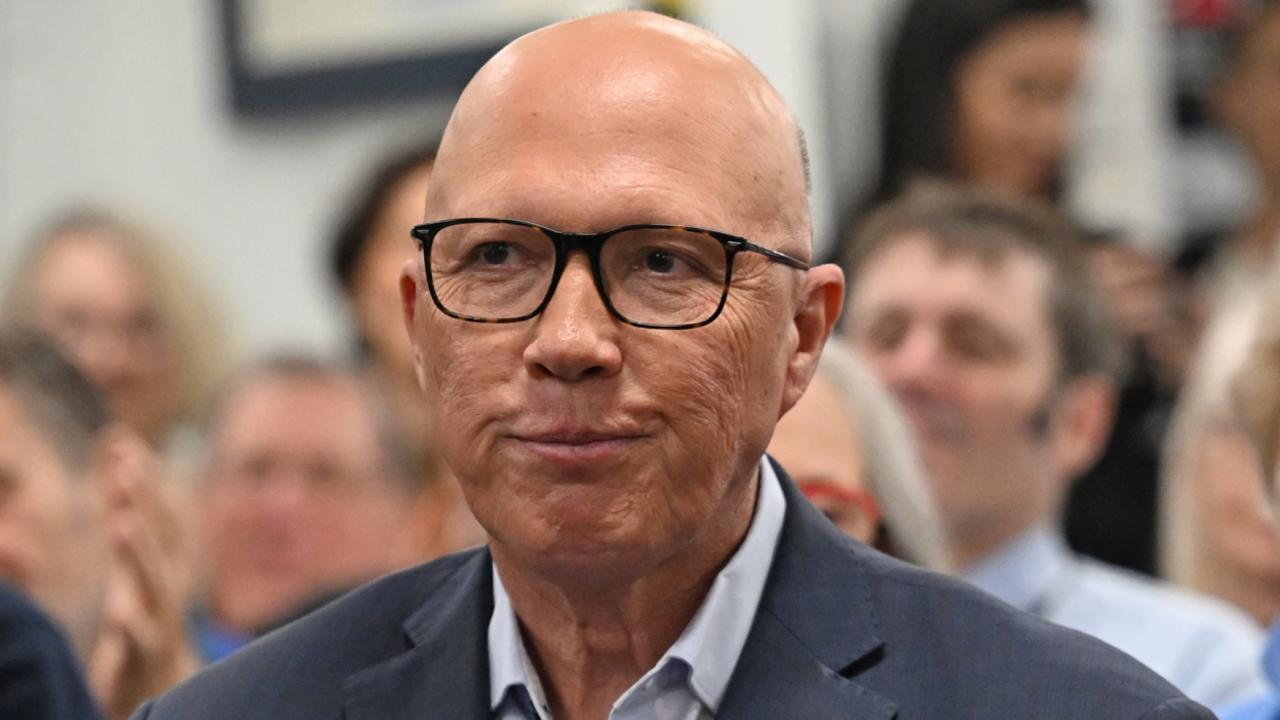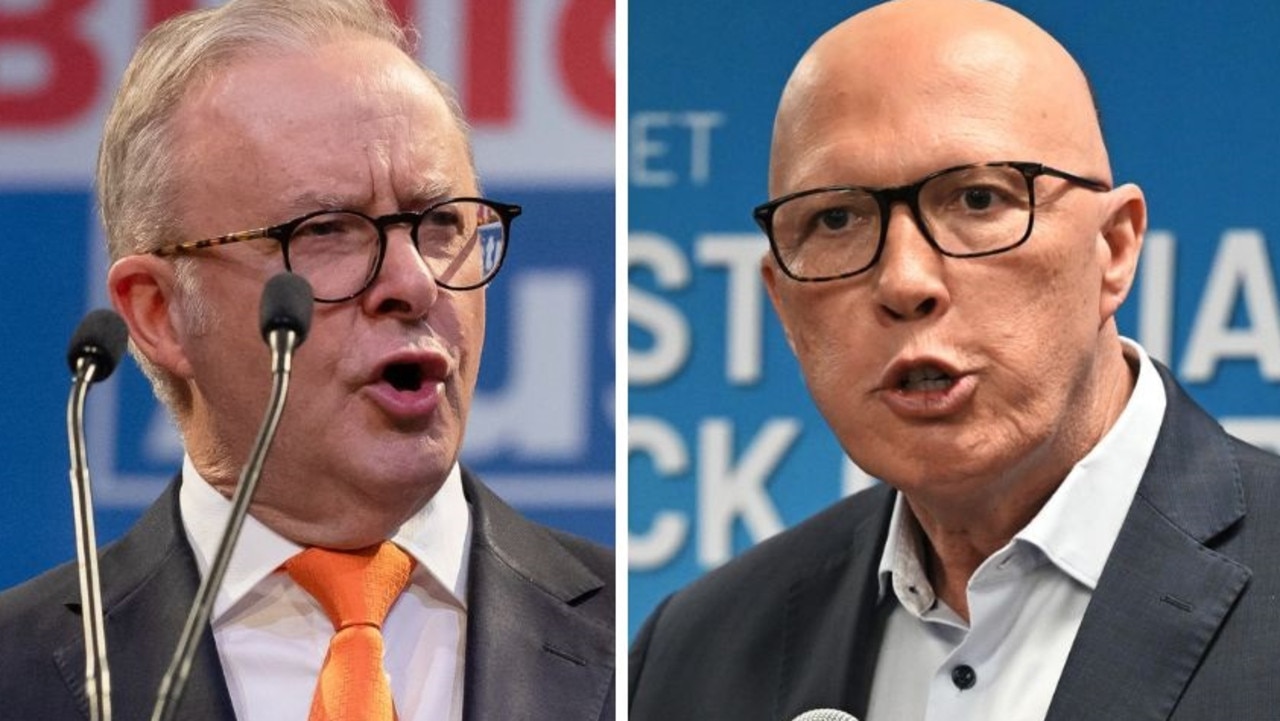Medication naloxone to reverse opioid overdoses free from July 1
Medication likened to a fire extinguisher because it reverses overdoses will be free for drug users in a move some fear sends the wrong message.
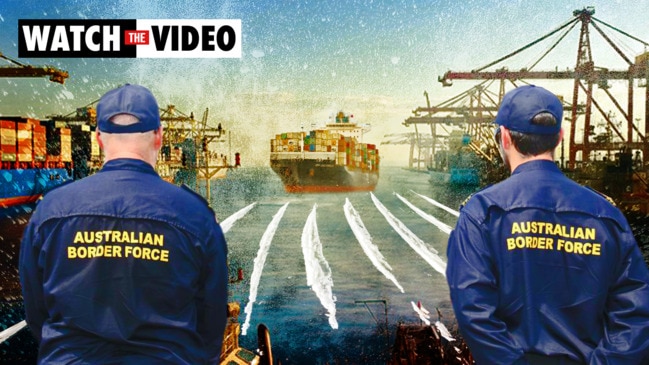
National
Don't miss out on the headlines from National. Followed categories will be added to My News.
Pharmacists are urging recreational drug users to carry a free medication to reverse opioid overdoses on nights out.
Naloxone is a medication that rapidly reverses the effects of an overdose or severe reaction caused by taking opioids, which from Friday will be available for free in pharmacies across the country. Previously the medication cost $40 a dose.
“Over recent years we have seen more cases of illicit party drugs being spiked with acetyl-fentanyl, which can cause opioid overdoses even in small amounts,” Pharmaceutical Society of Australia (PSA) president Dr Fei Sim said.
“We are urging young people who use recreational drugs like cocaine to visit their local pharmacy and carry naloxone on a night out.”
She likened naloxone to a fire extinguisher, where having easier access to it “could save your life, or the life of a friend”.
“You never know when you’re going to use it. You never want to be in an emergency and not have it,” Dr Sim said.
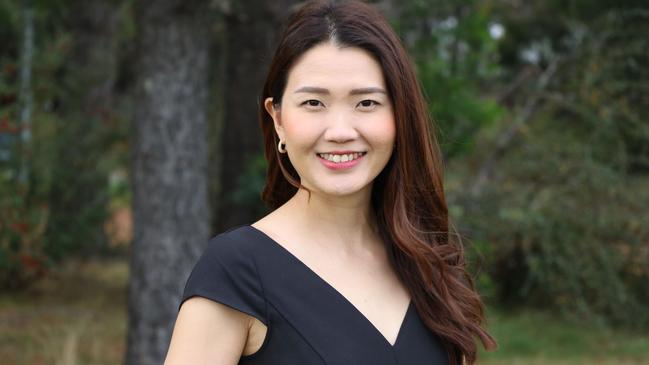
Tony Wood, whose 15-year-old daughter Anna died after taking ecstasy in 1995, said “anything that saves lives has got to be a bonus”.
But Mr Wood, who has been a strong opponent of drug use, said he was concerned easy access to naloxone could send the wrong message.
“There is a danger that this could be seen as you can use your drugs and take this [naloxone] to help,” Mr Wood said.
“I don’t think we should be encouraging people to use drugs. I’ve been with so many parents that have lost their kids to drugs. It’s devastating.”
Mr Wood said he wondered whether the government would be “better off spending the money on encouraging people to stay drug free”.
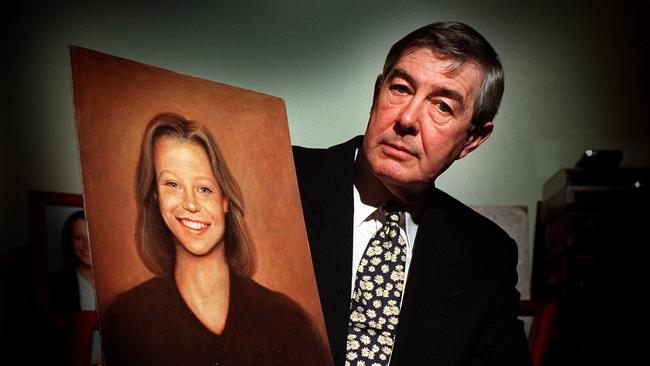
Family Drug Support Australia chief executive Tony Trimingham said while free access to naloxone “won’t stop problems of heroin dependency or lead immediately to people giving up drugs”, he does believe it “will prevent people from dying.”
Opioid use is a major cause of hospitalisation and death in Australia, with more than 110,000 people struggling with opioid dependence, according to the Department of Health.
In 2018 alone, 1045 Australians died of an opioid overdose, and opioid-related deaths have more than doubled in the past decade, said Dr Sim.
The Alcohol and Drug Foundation said there was no safe level of drug use, and warned taking opioid drugs after naloxone was “very dangerous”, explaining the effect of naloxone would wear off long before the opioid had left the system.
This could put the user at risk of a second overdose.
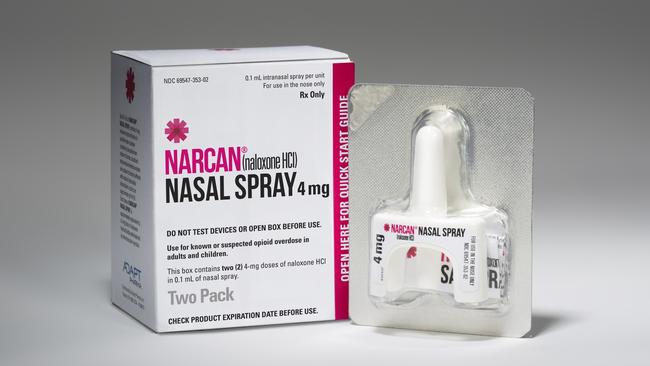
But Royal Australasian College of Physicians president Dr Jacqueline Small said her organisation strongly supported the naloxone rollout, describing it as a “very important strategy to reduce opioid deaths”.
“Access to take home naloxone is critical for patients on opioids, their family and even bystanders if they witness an overdose,” Dr Small said.
The PSA said opioid harm could occur even when medication was taken as prescribed.
Prescription opioids account for 75 per cent of opioid-related deaths, with 75 people hospitalised and two deaths a day, Dr Sim said.
The Take Home Naloxone program is being rolled out across Australia, at a cost of close to $20 million, after a successful federally-funded pilot program.
“During the pilot, three lives were saved each day, but with wider access we expect to see an even greater impact,” Dr Sim said.
WHAT IS NALOXONE?
Naloxone was first approved to treat opioid overdoses in the United States in 1971.
Since early 2016, the drug has been available over the counter in Australia, only the second country after Italy.
The new rollout will permit people to get two doses of the medication at a time, which can be administered by injection or a nasal spray.
The drug temporarily blocks opioid receptors and prevents opioids from working.
For people who are dependent on opioids, it can bring on withdrawal symptoms, such as nausea and vomiting, sweating, trembling, nervousness or a fast pulse.
Dr Sim encouraged people to speak with a pharmacist for “judgment-free, expert advice” on how to use naloxone.
In the event of an opioid overdose, Dr Sim said naloxone should be used in addition to first aid and seeking medical help.



